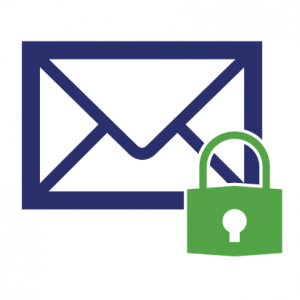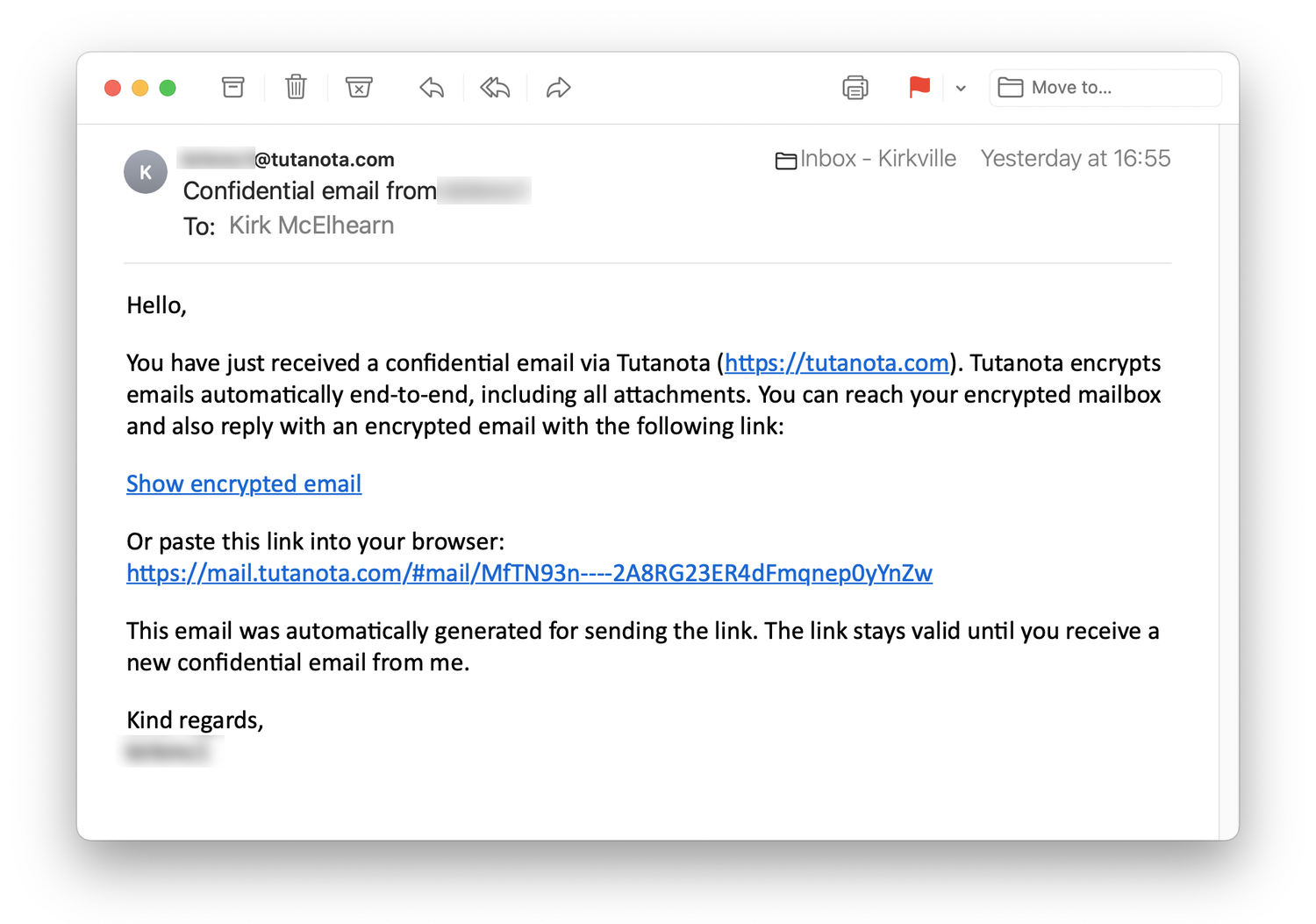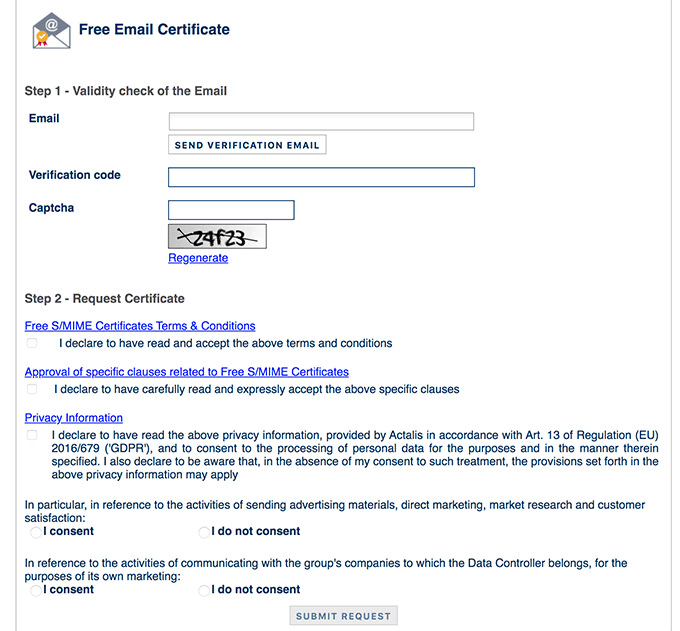

- EMAIL ENCRYPTION SERVICE FOR MAC HOW TO
- EMAIL ENCRYPTION SERVICE FOR MAC PASSWORD
- EMAIL ENCRYPTION SERVICE FOR MAC MAC
TLS stands for Transport Layer Security and, as its name suggests, it protects emails during transportation from a sender to a receiver. End-to-end email encryption, or public key encryption (which is obviously a more advanced option).Encryption in transit (you probably know it as TLS/SSL/STARTTLS).There are two common email encryption methods:

How email encryption worksĮncryption is a method to cipher your message and its content in a way that it can’t be interpreted by unintended recipients.
EMAIL ENCRYPTION SERVICE FOR MAC HOW TO
In this article, we explain several types of encryption, from basic to advanced ones, and also provide instructions on how to implement them. Maybe someone or even the person asking can add the Thunderbird part to this answer.Email encryption is something that everyone should know about, whether you are using email communication for your personal purposes or transferring sensitive information within an enterprise organization. After marking it trusted and restarting Mail everything worked fine. The reason was that I received the signed mail that my wife had sent to me, but I did not mark here signature as trusted in the MacOS keychain, as all signatures that one receives also end up there. What happened to me when I tried the procedure with my wife was that the lock symbol in my reply mail to the first signed mail was greyed out and I was puzzled. Received the mail and send back my first encrypted mail. Send mail to other mail address that also has a cert and key and signed the message with my public key, well MacOS Mail did this for me. Imported p12 to the Ke圜hain on OS X 10.9.4 (13E28)Īssociated Certificate with mail account in the MacOS Mail preferences under Account Information in the field TLS Certificate. One should also create crls, but I did not do that either.Ĭonverted keys to a p12 format openssl pkcs12 -export -in. If somehting goes wrong in this process, you can revoke the cert by: openssl ca -config openssl.cnf -revoke. I did not want to renew the certs all the time as I created them for all my family. You might argue that ten years is too long as a certificate life time, but I wanted to have something that is working now and in 10 years time or even less this way of encryption will not work anyways.
EMAIL ENCRYPTION SERVICE FOR MAC MAC
mac email encryptionįor the people who like specs, read this, but you will not find the MacOS specific parts in it.Ĭreated the private key and the certificate: openssl req -newkey rsa:4096 -keyout.

KeyUsage = nonRepudiation, digitalSignature, keyEncipherment, dataEnciphermentĮxtKeyUsage = emailProtection, Apple. # Extensions to add to a certificate request The important bit is to have the keyUsage and extKeyUsage Then I changed my nf in such a way that Mac Mail allows me to use the certificated for e-mail encryption as well. So things to take away: You need public and private key and you only give away the public one.Ĭreated a Root CA and a Signing CA (you do not need that, but it is what I did) and I used this very good tutorial for it: Multi-level CAs in Or some people infiltrate the actual encryption libraries like the HEARTBLEED (heartbeat) bug, which might have been intentional and who knows how many more of these backdoors are there.Ĭertificates usually have a limited lifetime and need to be renewed every now and then. From this point on nobody, other than the NSA with a possible Quantum computer, can decrypt this message in a reasonable amount of time given proper key length. Then this other person has your public key and encrypts an e-mail to you with this key. You can sign any e-mail, because no harm is done by giving away your public key. The way e-mail encryption works is that you send someone your public key (certificate) by signing your e-mail with it. This is why some people create their own CA and self-signed certificates, which is cheaper. Usually certificates are signed by so called Certificate Authorities and they most often take money for their service.
EMAIL ENCRYPTION SERVICE FOR MAC PASSWORD
If it is you have to start over and the person who stole it can decrypt everything, so keep it save and password protected. The private must never ever be lost and given to others. A certificate in that sense is nothing more than the public key but it has some more information than just a key, it tells who you are, your organisation, etc. In this form of encryption you need two keys, a private one and a public one. I am just writing this part for the people who are not familiar with asymmetric encryption: I can only answer the Mac Mail part of this question as I do not want to test the Thunderbird part.


 0 kommentar(er)
0 kommentar(er)
